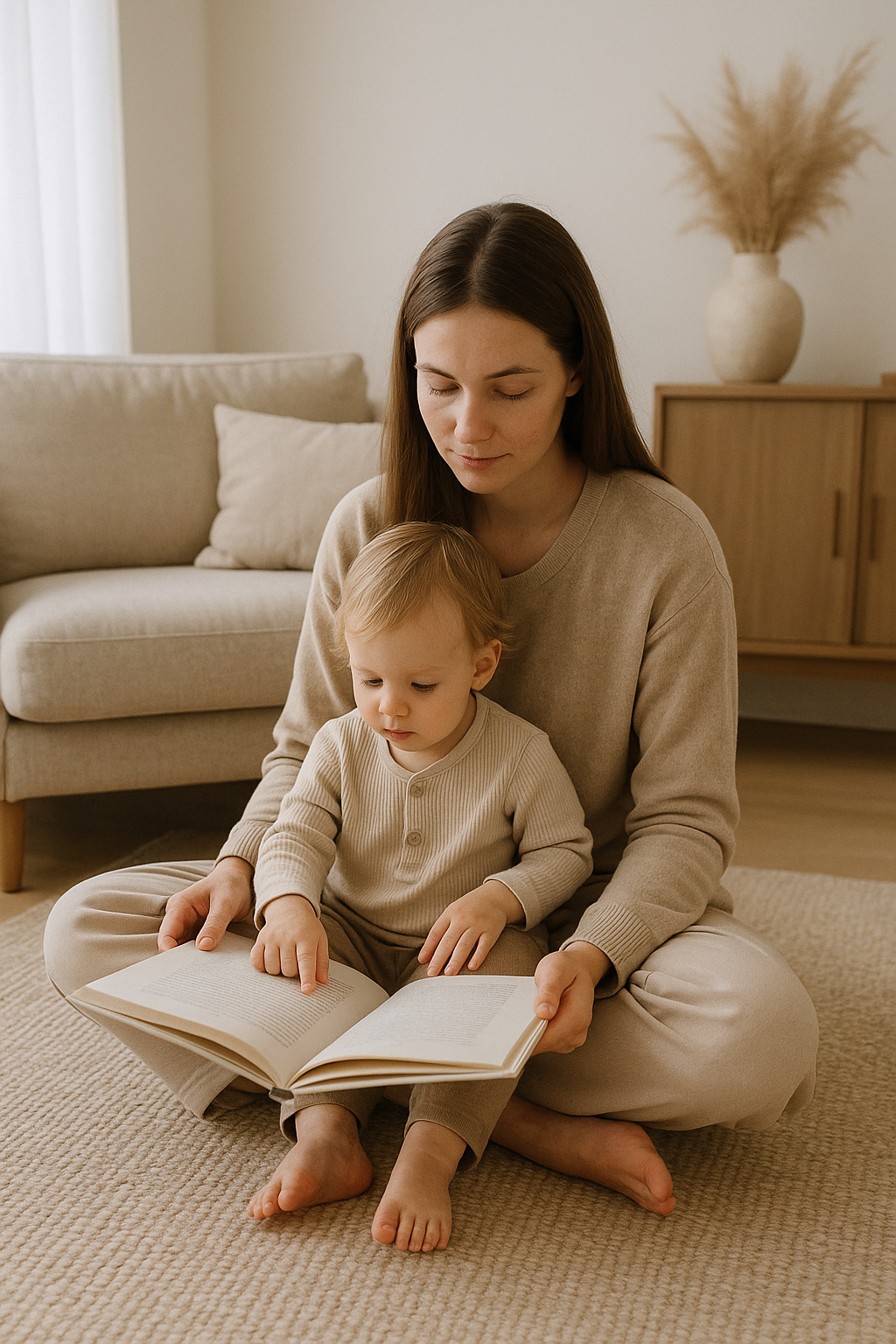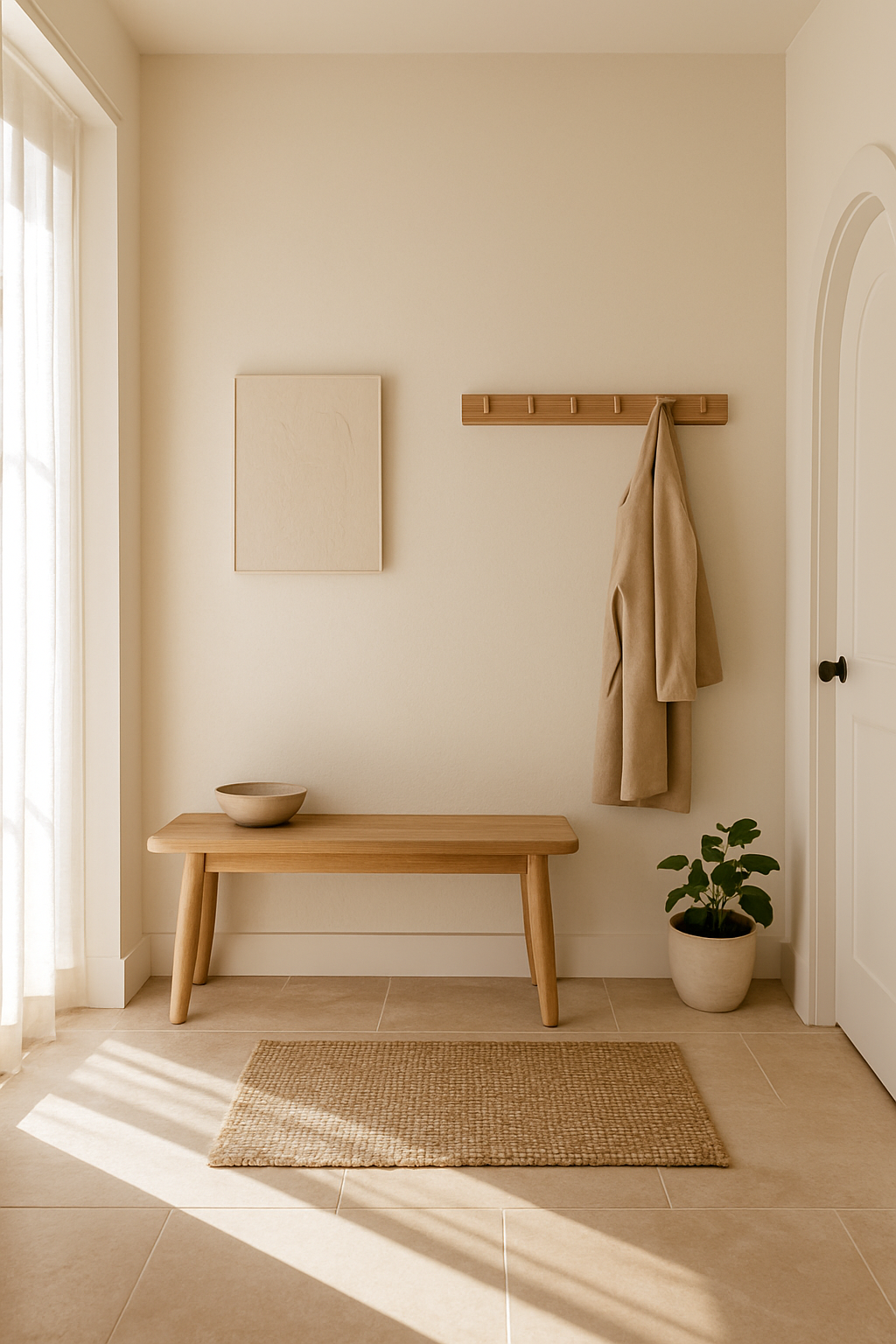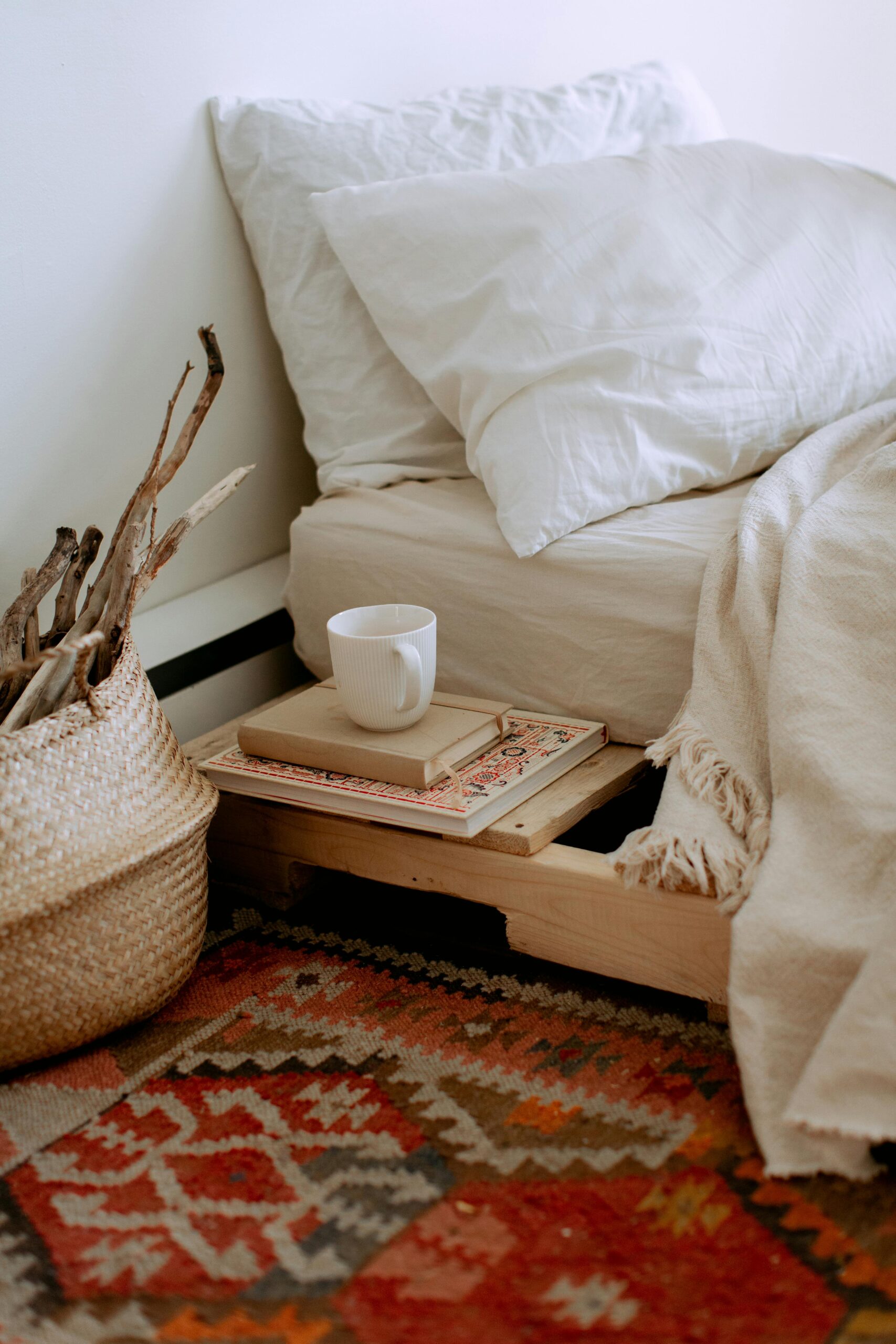Elite Mindful Parenting at Home: Simplifying Life with Small Children

What is Mindful Parenting at Home?
Mindful parenting at home means approaching each day with your small children with greater awareness, intention, and presence. It’s not about being the “perfect parent,” but about slowing down enough to notice what truly matters in your family life. When you simplify routines, reduce the mental clutter, and stay grounded in the present moment, parenting becomes more peaceful—even in the chaos.
In a world full of overstimulation, schedules, and endless distractions, mindful parenting is a gentle rebellion. It invites you to connect deeply with your child while creating a calm and nurturing home.
Why Simplicity Matters in Parenting Small Children
Children thrive in simple, predictable environments. When your home and routines are calm and consistent, your child feels safe—and you feel less overwhelmed.
Simplifying doesn’t mean you do less as a parent. It means you focus more on what matters most:
Loving presence
Emotional regulation
Gentle routines
Open communication
By eliminating the excess (from toys to unnecessary commitments), you create more space for joy, connection, and growth.
5 Practical ways to practice Mindful Parenting at Home
1. Create Simple, Predictable Rhythms
Children feel secure when they know what comes next. Keep daily rhythms consistent—wake-up, mealtimes, play, and sleep.
You don’t need a rigid schedule. A flexible rhythm basedon your child’s natural flow is enough. The key is repetition and gentle transitions.
Tip: Use visual cues or soft rituals to help your child move from one activity to the next. For example, a song before bedtime or lighting a candle before dinner.
2. Declutter the Environment
Too many toys, clothes, or visual distractions can overwhelm children (and parents). A cluttered space often leads to overstimulation and meltdowns.
Choose fewer, well-loved toys and rotate them weekly. Keep your home visually calm with natural colors and plenty of open space.

Bonus: A simpler space is also easier to clean and maintain—giving you more time and mental clarity.
3. Be Present, Not Perfect
You don’t need to do it all. Small children don’t remember the perfect birthday cake or the cleanest house—they remember how they felt with you.
Even a fewminutes of undivided attention can make your child feel deeply seen and loved.
Try this: Put your phone away for 15 minutes and play fully. Watch how your child’s behavior shifts when you’re completely present.
4. Respond, Don’t React
Tantrums, spills, and noise are part of life with small children. Mindful parenting teaches you to pause, breathe, and respond with intention rather than reacting in frustration.
When you regulate your own emotions, you model calmness and safety for your child.
Mantra: “My child is not giving me a hard time—they’re having a hard time.”
5. Make Room for Connection Over Control
Instead of managing every behavior, aim to understand the need behind it. Connection always comes before correction.
Speak gently. Get on your child’s level. Use positive discipline. When your child feels safe and heard, cooperation naturally follows.
The Benefits of Mindful Parenting at Home
Practicing mindful parenting at home leads to:
Less daily stress and yelling
More emotional connection with your child
Better sl
eep, mealtimes, and transitions
A calmer, simpler home life

It doesn’t require fancy tools or parenting hacks. Just presence, intention, and love.
Final Thoughts: Choose Presence Over Perfection
You won’t get it right every day—and that’s okay. Mindf
ul parenting is not about perfection; it’s about trying again with kindness. It’s about noticing the little things: a soft giggle, a messy cuddle, a quiet moment on the floor together.
As you simplify your home and your mindset, parenting small children becomes less about control and more about connection.
Remember: Your presence is the most powerful gift you can give.
Disclaimer: This post may contain affiliate links. That means if you click and make a purchase, I may earn a small commission at no extra cost to you. I only recommend products I truly love and believe add value to your life. Thank you for supporting The Detangled Nest — it helps me continue creating free content for you. 💕






1 Comment